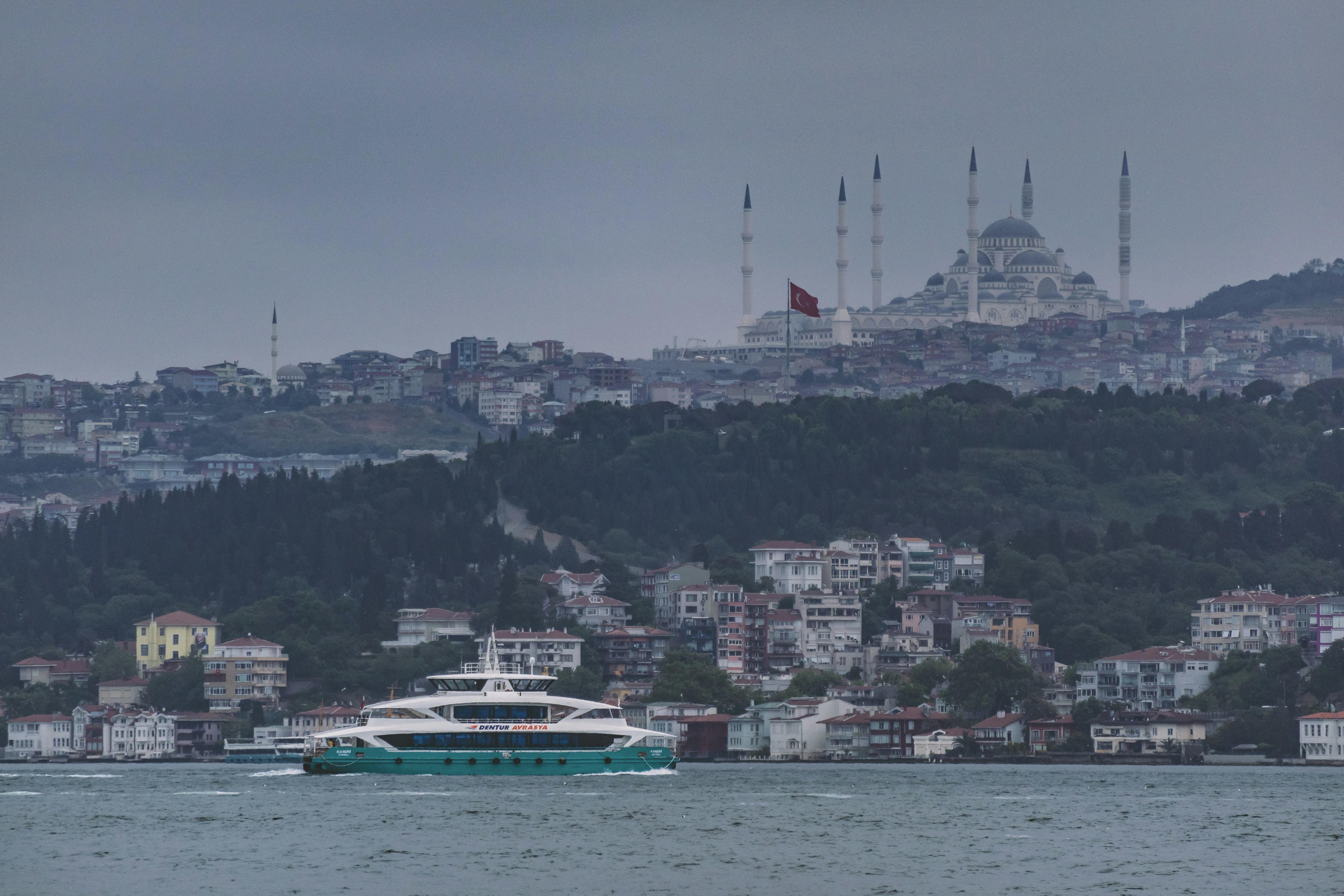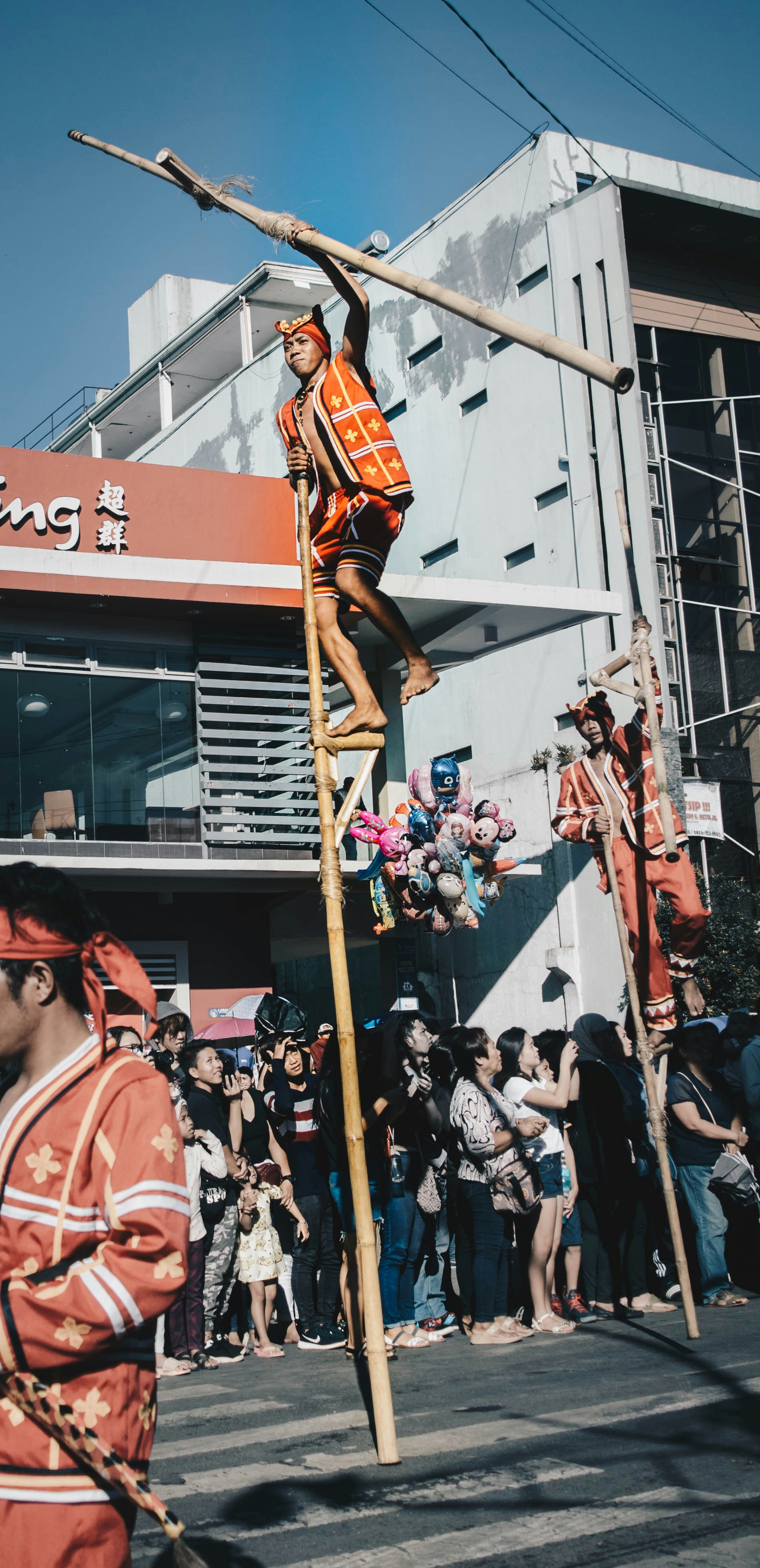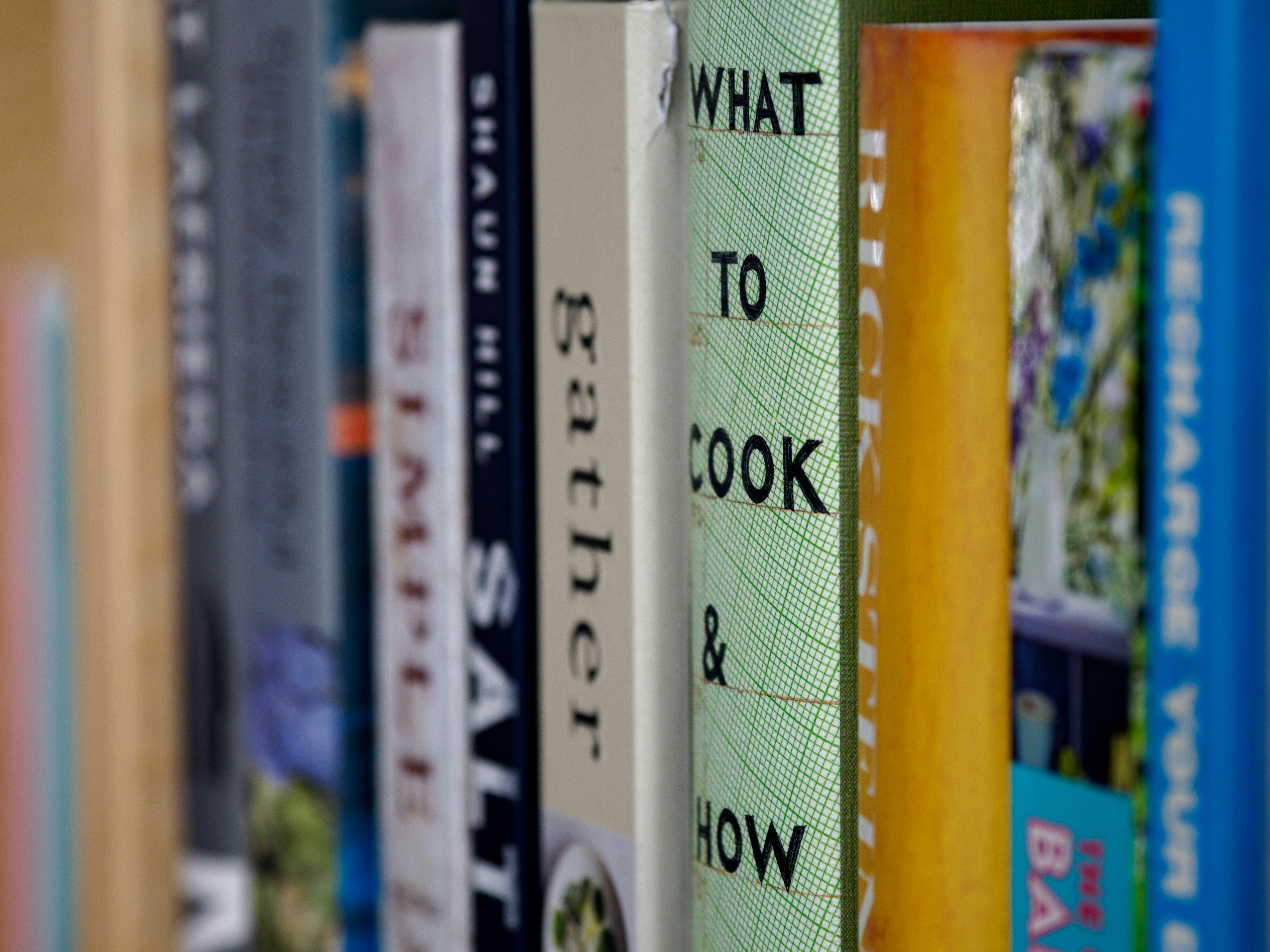The Work Of A “Unique Gifts For Broker†Is Never Done
by Joan
Posted on 13-07-2020 04:56 AM

Share
brunswick — the town’s new cultural unique gifts for broker broker gifts best broker mug on wednesday said he hopes to promote inclusivity and relieve any fears that may divide the newly arrived asylum-seekers and their neighbors. Nsiona nguizani will work with asylum-seekers in brunswick to help them adjust after moving out of the portland expo.

How To Be a Cultural Broker
Crea is a cultural broker, building and strengthening connections between the hispanic/latino community and local health organizations, government, academia and social service systems.

If you are new to this blog or if it has been a while since you last checked in, it might do you well to read the previous three entries before you read this one. This posting continues a discussion on cultural unique gifts for broker gift for mortgage broker best broker mug s that started three postings ago and if you are not familiar with the term “cultural broker†– start there.
Located in edmonton, alberta, mchb is a group of 75 multicultural health unique gifts for broker gift for mortgage broker best broker mug s. Many of us started as volunteers in our communities and were identified as natural leaders, and were brought in as a paid capacity as brokers with the co-operative. We represent 25 different cultural and linguistic communities in edmonton, including the following: afghani, arabic-speaking, bhutanese, chinese, english-speaking african, eritrean, ethiopian, filipino, former yugoslavian, french-speaking african, iraqi, karen, korean, kurdish, iraqi, iranian, nepalese, oromo,  romanian, russian, spanish-speaking, somali, south asian, sudanese, turkish and vietnamese.
In an earlier submission to this blog, we introduced the term “cultural broker. †we thought it might be good to take this opportunity to expand on our definition of what a cultural broker is and why we feel they present us with the best interpretive strategy for studying the regional events and changes in western new york to be covered in our upcoming exhibit. Within his article “cultural brokers and intercultural politics (1988),†daniel k. Richter explains that in the past, an all-encompassing historical narrative that includes the three key elements of the local community, wider developments and differing perspectives has proved elusive (40). Richter suggests that the study of “cultural brokers†has provided a much desired “synapse†between the three elements that had, until then, been so desired (41). Based on richter’s advice, we have also chosen cultural brokers as the focus of our upcoming exhibit since their stories will help us to tell not only the story of the individual, but also of diverse communities and wider events.
In the context of health, a cultural broker is __________. A) anyone who introduces new treatments or approaches to healing into a culture b) an individual or process that legitimizes and establishes western biomedicine as a preferred mode of healing c) an individual or institution that maintains traditional healing ways amid competition from new approaches d) someone who can effectively communicate with and between two.
The Most Creative Teams Have a Specific Type of Cultural Diversity
Culturally diverse teams can help deliver better outcomes in today’s organizations.
 But these teams often suffer from conflicting norms and differing assumptions between members, which can keep them from reaching their full creative potential. When managers don’t know how to spot and address these situations, cultural diversity may actually inhibit a team’s creative performance. A series of studies shows that two types of culturally diverse team members can help a team’s creativity: cultural insiders (people who have multicultural experiences that map directly onto the cultures they are bridging), and cultural outsiders (people with experience in two or more cultures not represented on the team).
But these teams often suffer from conflicting norms and differing assumptions between members, which can keep them from reaching their full creative potential. When managers don’t know how to spot and address these situations, cultural diversity may actually inhibit a team’s creative performance. A series of studies shows that two types of culturally diverse team members can help a team’s creativity: cultural insiders (people who have multicultural experiences that map directly onto the cultures they are bridging), and cultural outsiders (people with experience in two or more cultures not represented on the team).
How much does a Culture Broker make?
Troy palmquist is an indie broker in california with more than a decade of experience. His regular column , which covers a range of helpful tips for agents and op-eds on industry happenings, publishes thursdays on inman. Regardless of which side of the fence you’re on (big-box, franchise, indie, etc. ), culture makes a big difference in how a business operates. In fact, a company’s culture can make or break its success.

Cultural Agency in the Americas
Anthropology cultural anthropology , cultural studies , latin american studies
“cultural agency†refers to a range of creative activities that contribute to society, including pedagogy, research, activism, and the arts. Focusing on the connections between creativity and social change in the americas, this collection encourages scholars to become cultural agents by reflecting on exemplary cases and thereby making them available as inspirations for more constructive theory and more innovative practice.

What is cultural competence?
Culturally responsive teaching is a pedagogy that recognizes the importance of including students’ cultural references in all aspects of learning. (ladson-billings, 1994. ) cultural competence is a key factor in enabling educators to be effective with students from cultures other than their own. Cultural competence is having an awareness of one’s own cultural identity and views and having the ability to learn and build on the varying cultural and community norms of students and their families. It is the ability to understand the differences that make each student unique while celebrating the variations that make our country a tapestry. This understanding informs and expands teaching practices as educators work towards having culturally competent learning environments. The goal is to eliminate academic gaps between cultural groups.
Cultural competence is the ability to participate ethically and effectively in personal and professional intercultural settings. It requires being aware of one’s own cultural values and world view and their implications for making respectful, reflective and reasoned choices, including the capacity to imagine and collaborate across cultural boundaries. Cultural competence is, ultimately, about valuing diversity for the richness and creativity it brings to society. We introduce and explore the concepts from the standpoint of aboriginal and torres strait islander cultures as a first step. The program will be expanded to fully embrace the cultural diversity of the university, our region and the wider international community.
National center for cultural competence menu home.
Cultural competence refers to a trait wherein a person is able to coordinate, work, or interact with other people that are of different cultures and social backgrounds. A person is said to be cultural competent when he/she brings efficiency in terms of dealing with people of different ethnicity or backgrounds. This particular trait is especially useful for some professions wherein people regularly meet and interact with different groups of people with different cultures. Teachers and government workers for example may need to train for cultural competence in order to effective in their work or service.
Development of cultural tourism in by ali haris 10930 views cultural competence lecture by beatriz cardona 3989 views social aspects of health and illness by iau dent 19685 views sociology of health and illness wk by anthony lawrence 21368 views health education principles and con by dr. Anees alyafei 117724 views.
What is cultural safety?
Therefore, within the context of aboriginal and torres strait islander children in out of home care, cultural safety encompasses the child being provided with a safe, nurturing and positive environment where they are comfortable with being themselves, expressing their culture…their spiritual and belief systems, and they are supported by the carer and family.
Introduction: the issue and concept of cultural safety, has been around for some time, indeed indigenous people have been talking about it for quite some time. So what does it mean and why do some people think that it is important and needs to be discussed? why is there so still so much unwillingness to genuinely engage in discourse in.
Steps towards cultural safety at work
Npr's leila fadel talks with col. Scott dejesse about the development of the u. S. Army's new cultural heritage task force. Leila fadel, host: looted artwork, destroyed artifacts and damaged historical sites are often overlooked casualties in war zones. Now the u. S. Military has taken concrete steps to protect those antiquities by creating the cultural heritage task force.
Hahn, r. A. , ed. (1994). Anthropology in public health. New york : oxford university press. Helman, c. (1990). Culture, health and illness. Oxford, uk: butterworth-heineman. Mcelroy, a. , and townsend, p. (1996). Medical anthropology in ecological perspective, 3rd edition. Boulder, co: westview press. Paul, b. D. , ed. (1955). Health, culture and community. New york : russell sage foundation.
Bohannan, paul and mark glazer. 1988. High points in anthropology, 2nd edition. New york: mcgraw-hill, inc. Tylor, edward burnett. 1920. Primitive culture. New york: j. P. Putnam’s sons. Licenses and attributions.
The author is grateful to richard hackman, jeff polzer, teresa amabile, andy molinsky, lakshmi ramarajan, and roy chua for their guidance throughout this research. She also wishes to thank michel anteby, noah askin, sen chai, colin fisher, spencer harrison, chris marquis, mark mortensen, jennifer petriglieri, luciana silvestri, roderick swaab, and stefan thau, as well as editor pam hinds and two anonymous reviewers, for their invaluable comments on this manuscript. She is indebted to vas taras and his collaborators on the x-culture project for granting her access to the archival data set, and to anita woolley and david engel for the online platform used in the experimental study. This work also greatly benefited from feedback from members of the harvard groupsgroup, harvard ob lab, harvard nonlab, brandeis research group, and insead groups reading group. The division of research at harvard business school and the insead r&d committee provided financial support for this research.
Search
Categories
- Songwriter
- Resident Care
- Retirement
- Runner
- Sailor
- Helmsman
- Grammar Police
- Flight Attendant
- Fisher
- Entertainer
- Editor
- Daily Nutritinionist Facts
- Cyber Security
- Crusader
- Criminology
- Coworker
- Clinical Specialist
- Clinical
- Optometrist
- Logistician
- Magistrate
- Manicurist
- Marines
- Marketer
- Occupation
- Observer
- Officer
- Oncologist
- Painter
- Lifeguard
- Infopreneur
- Nanny
- Cartographer
- Expediter
- ESL Teacher
- Comedian
- Estimator
- Flagger
- Discjokey
- Driving
- Electrologist
- Fumigator
- Erector
- Driller
- Educator
- Dressmaker
- Forensic
- Legislator
- Harvester
- Cooker
- Inspector
- Hacker
- Civil Law
- Employer
- Enologist
- Endocrinologist
- Freelancer
- Enrobing
- Fabricator
- Forecaster
- Clown
- Criminologist
- Collector
- Docent
- Concierge
- Conservator
- Digger
- Dishwasher
- Drafter
- Donor
- Controller
- Communication
- Compounder
- Civil
- Clone
- Doctor
- Cinematographer
- Chiropractor
- Rugger
- Bailbondsman
- Jailer
- Deckhand
- Bellman
- Social Worker
- Babysitter
- Reporter
- Trainer
- Agent
- Embroiderer
- Sociologist
- Pharmacist
- Paramedic
- Insurance
- Teller
- Actuary
- Bailiff
- Coordinator
- Carpenter
- Cleaner
- Academic Dean
- Judge
- Boilermaker
- Clerk
- Apprentice
- Secretary
- Author
- Embalmer
- Hiker
- Cooking
- Deputy Sheriff
- Landscaper
- Photographer
- Pediatrician
- Pilot
- Teacher
- Archivist
- Toolmaker
- Singer
- Racer
- Accounting
- Mentor
- Vice President
- Detective
- Waiter
- Florist
- Broker
- Consultant
- Geographer
- Adjuster
- Auctioneer
- Researcher
- Cardiologist
- Marketing
- Interviewer
- Custodian
- Curator
- Caretaker
- Butcher
- Martial Arts
- Ghostbuster
- Mayor
- Machinist
- Innkeeper
- Mediator
- Conductor
- Demonstrator
- Programmer
- Cabinet Maker
- Planner
- Patient
- Copywriter
- Mechanic
- Surfer
- Employee
- Tour Guide
- Fisherman
- Surveyor
- Manager
- Supervisor
- Appraiser
- Police
- Filmmaker
- Woodworker
- Lecturer
- Inventor
- Liaison Officer
- Laborer
- Translator
- Janitor
- Tailor
- Debater
- Climber
- Politician
- Journalist
- Dietitian
- Firefighter
- Adjudicator
- Producer
- Housekeeper
- Entrepreneur
- Bartender
- Barista
- Hairstylist
- Banker
- Baker
- Electrician
- Therapist
- Astronaut
- Professor
- Architect
- Announcer
- Veterinarian
- Scientist
- Investigator
- Dispatcher
- Creative Writing
- Engineer
- Librarian
- Wanker
- Psychology
- Lieutenant
- Realtor
- Pastor
- Biker
- Nutrition
- Dancer
- Musician
- Gardener
- Farmer
- Counselor
- Boss
- Director
- Dentist
- Lawyer
- Nurse
- Accountant
- Coach
- Advisor
- Beekeeper
- Administrator